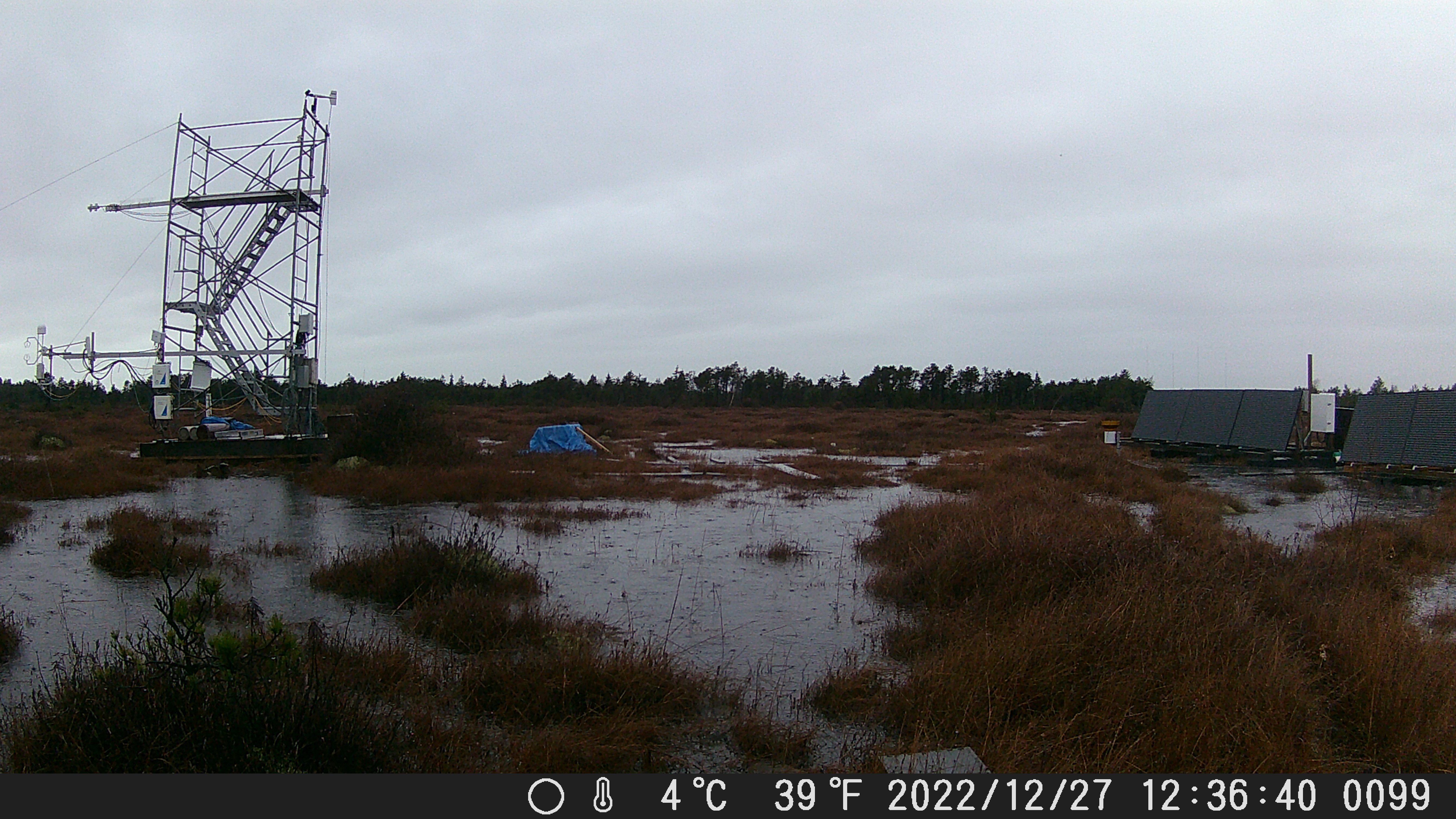Long-wave Radiation
Shortwave radiation is absorbed by the Earth and it’s atmosphere. It remitted as Long-wave radiation.
Long-wave radiation

Trees recorded in thermal infrared using a thermal scanner shown in false color
Learning Objectives
- Explain the role of Long-wave radiation in the climate system.
- Described how absorption and emission are linked & understand Kirchhoff’s law of thermal radiation.
- Explain how we can measure Long-wave radiation.
What is ‘Long-wave’ radiation?
Objects emit radiation proportional to their temperature; adjusting for emittance as per the Stefan-Boltzmann equation for grey-bodies.
- Wavelength (\(\lambda\)) > 3 \(\mu m\)
- Long-wave radiation \(\approx\) thermal infrared radiation (TIR)
- Exchanged between sky, surface and all surrounding objects
\[ E_g = \epsilon\sigma_b T^4 \qquad(1)\]
Review Short-wave vs. Long-wave
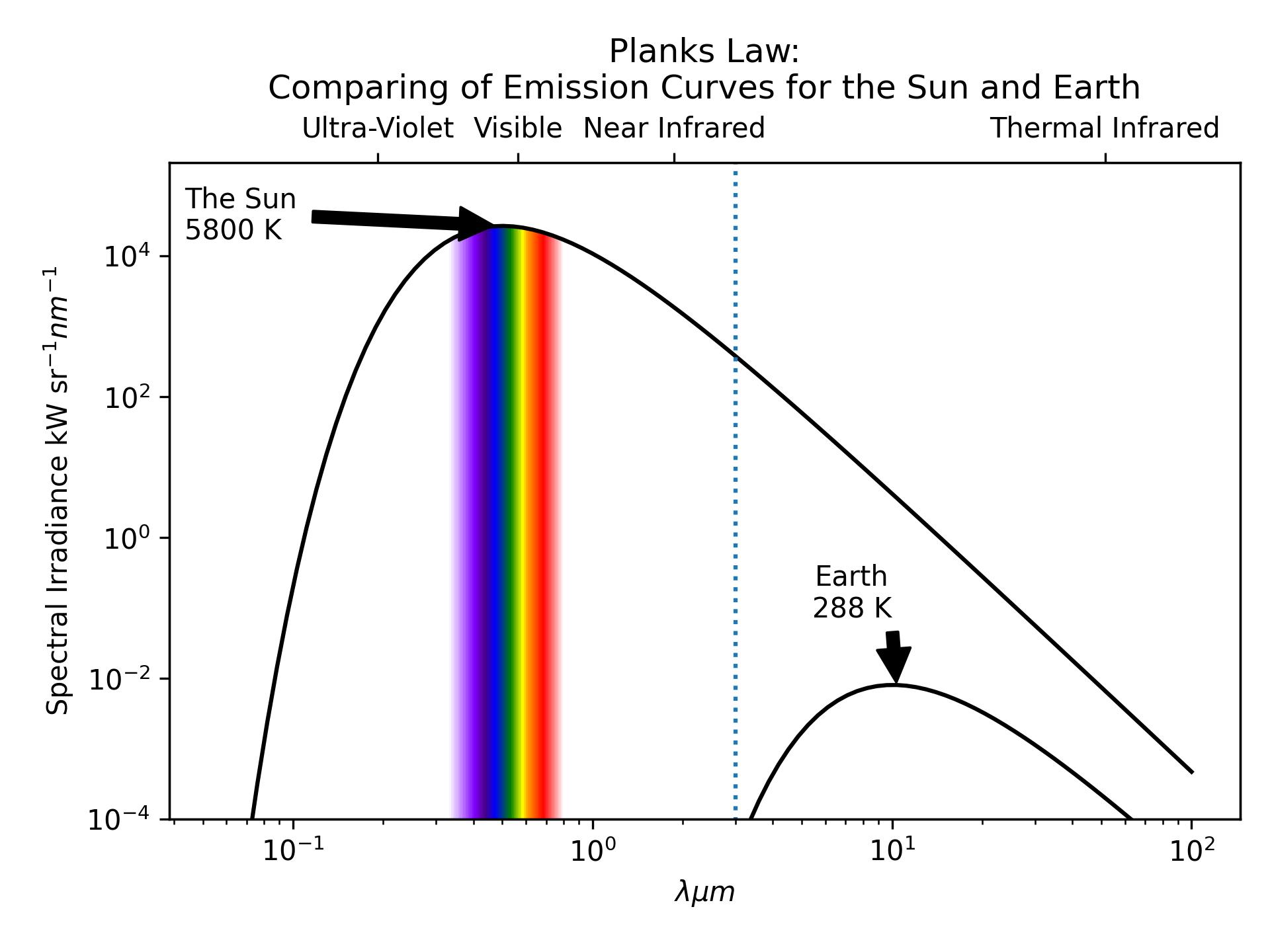
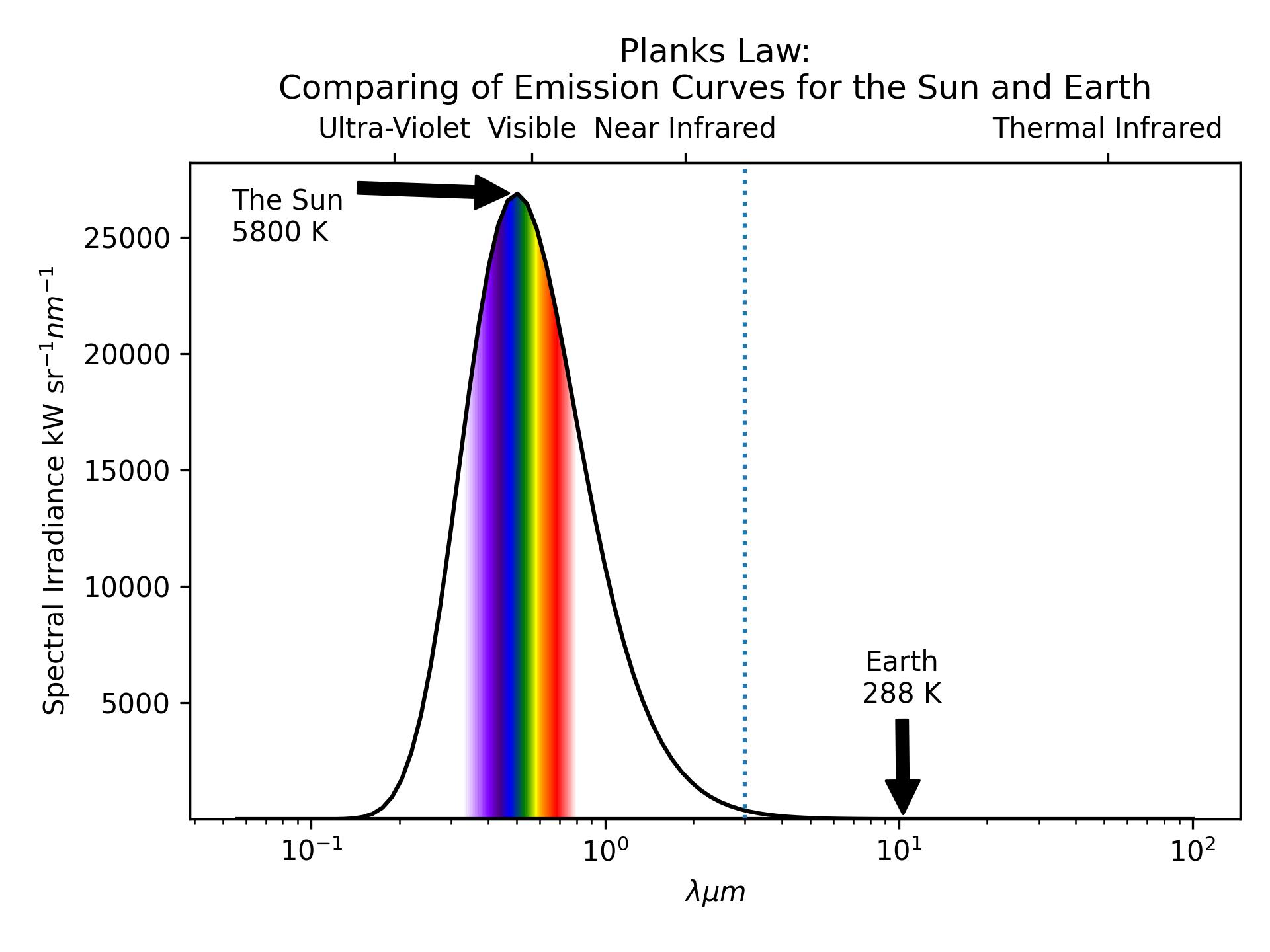
Radiation Laws & Terminology
- Planck’s Law: describes the full spectral output (spectra)
- Wiens Law: gives the peak of the spectra
- Stefan Boltzmann Law: gives the integral of the spectra
- Beer’s Law: describes attenuation of radiation
- Photosyntheically Active Radiation (PAR): \(\lambda\) 0.4-0.7 \(\mu\) m
- Kirchhoff’s Law: relates emissivity to absorptivity
Short-wave vs Long-wave Imagery
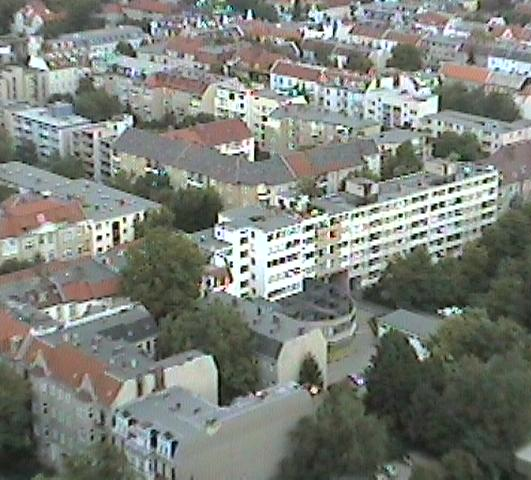
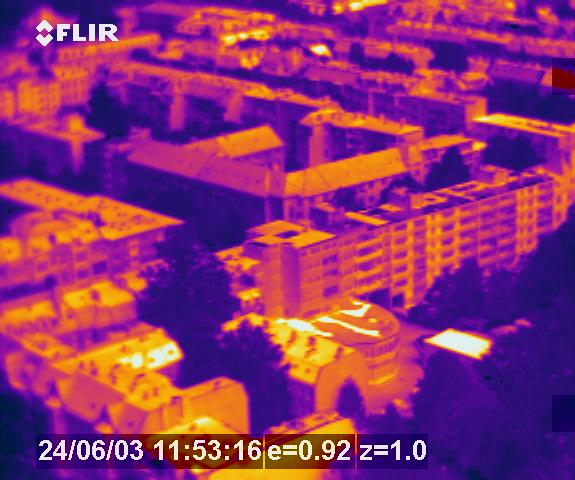
Kirchhoff’s Law
Assuming no transmission the absorptivity of a body (\(a_\lambda\)) equals its emissivity (\(\epsilon_{\lambda}\)).
\[ a_{\lambda} = \epsilon_{\lambda} \qquad(2)\]
- A good absorber is a good emitter
- A poor absorber is a poor emitter
- Wavelength specific relationship
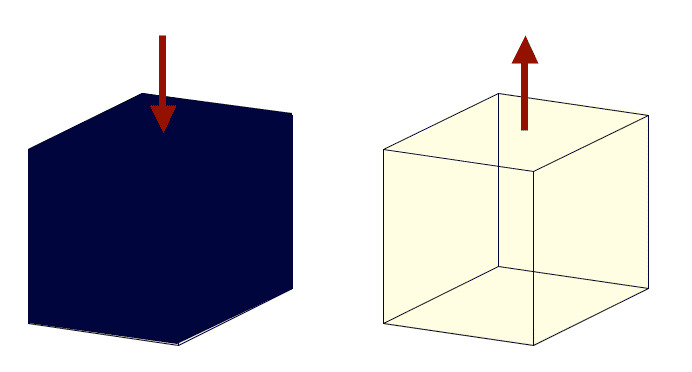
Kirchhoff’s Law
- Only applies if the wavelength considered is the same
- Do not mix them together
- Only relevant to long-wave exchange in climatology
- Earth-Atmosphere system is not hot enough to emit short-wave radiation
- \(a_{\lambda}\) and \(\epsilon_{\lambda}\) are ratios (portions of a whole)
\[ a_\lambda + \tau_\lambda + \alpha_\lambda = 1 \qquad(3)\]
Kirchhoff’s Law
The atmosphere is a selective absorber (and emitter) of long-wave radiation.
- Aerosols and clouds are dominant when present
- Most significant absorbing gases:
- H2O
- CO2
- O3
- O2
- N2O
- CH4

Atmospheric absorption and emission
Kirchhoff’s Law tells us that since atmospheric absorption is concentrated at these wavelengths so is atmospheric emission.
- Equally, at wavelengths where the atmosphere is poor at absorbing it is poor at emitting.
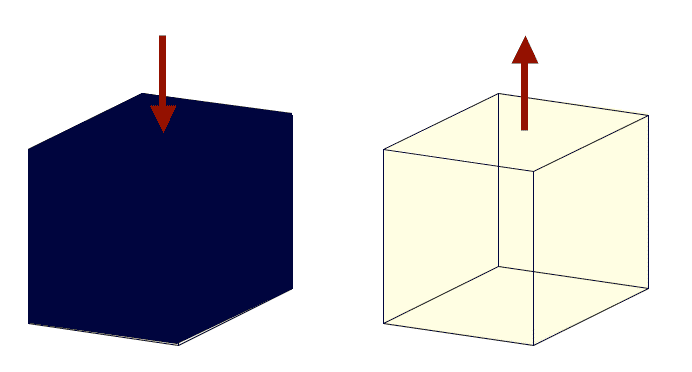
Atmospheric absorption and emission
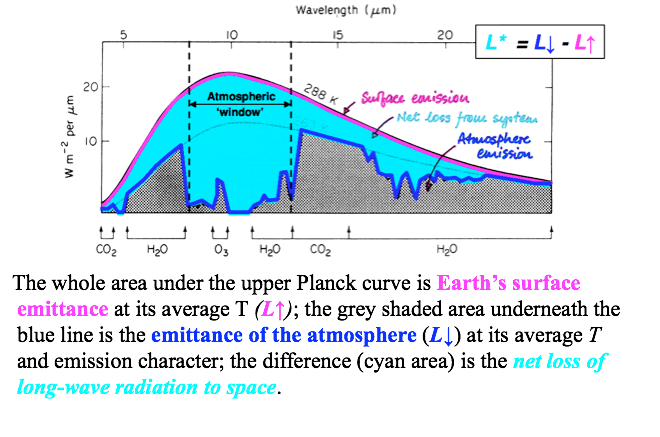
Net Long-wave Flux Density
The net long-wave radiation flux density (\(LW^*\)) at the surface is the difference between the input from the atmosphere above (\(LW\downarrow\)) and the output surface (\(LW\uparrow\)).
\[ LW^* = LW\downarrow - LW\uparrow \qquad(4)\]
- Surface output includes both emissions from surface and reflected \(LW\downarrow\)
- Differs from \(SW*= SW\downarrow - SW\uparrow\)
- \(SW\uparrow\) is only reflected \(SW\), earth doesn’t emit \(SW\)!
Net Long-wave Flux Density
We can re-formulate the previous equation in terms of the Stefan-Boltzmann Law:
\[ LW^* = LW\downarrow - \epsilon_{LW}\sigma_b T_s^4 -(1-\epsilon_{LW})LW\downarrow \qquad(5)\]
- How is this equivalent?
- Stefan-Boltzman gives us emissions from a surface temperature \(T_s\) with a long-wave emissivity of \(\epsilon_{LW}\)
- \((1-\epsilon_{LW})\) gives us reflectivity
Net Long-wave Flux Density (iClicker)
The equation on the previous slide works for long-wave radiation, because for an opaque object like the Earth’s Surface:
\[ \alpha_{LW} = (1-a_{LW}) = (1-\epsilon_{LW}) \]
A - True
B - False
Long-wave exchange
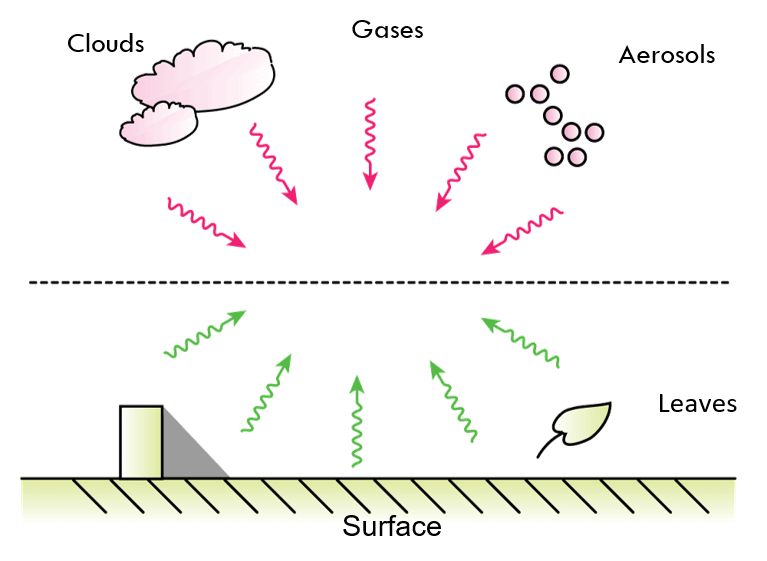
Test your knowledge (iClicker)
Is long-wave radiation emitted by the surface generally greater than that emitted by the atmosphere?
- Hint: is the surface usually warmer than the atmosphere?
A - Yes
B - No
Clear Skies

\(LW\downarrow\) = NaN w m-2
\(LW\uparrow\) = NaN w m-2
\(LW^* = LW\downarrow - LW\uparrow\) = NaN w m-2
Cloudy Skies (iClicker)
\(LW\downarrow\) = 350 w m-2
\(LW\uparrow\) = 350 w m-2
\(LW^*\) = ?
Which day was warmer? (iClicker)
The Greenhouse Gas Effect

The Greenhouse Gas Effect
- Not a great analogy:
- Warming mostly due to reduction of convective heat transfer
- Much less due to \(LW\downarrow\) from the glass
- In the Atmosphere convection is not constrained

The Greenhouse Gas Effect
- Perhaps it would be better called the sweater effect?
- A sweater works by trapping and recycling \(LW\) emitted from your body

The Greenhouse Gas Effect
The atmosphere is a selective absorber (and emitter) of long-wave radiation.
- Aerosols and clouds are dominant when present
- Most significant absorbing gases:
- H2O
- CO2
- O3
- O2
- N2O
- CH4

View factors
The view of the sky from an object (sky view factor; \(\psi_{sky}\)) is significant in quantifying Long-wave exchange at night. + The sky is usually ‘cold’ and an effective heat sink
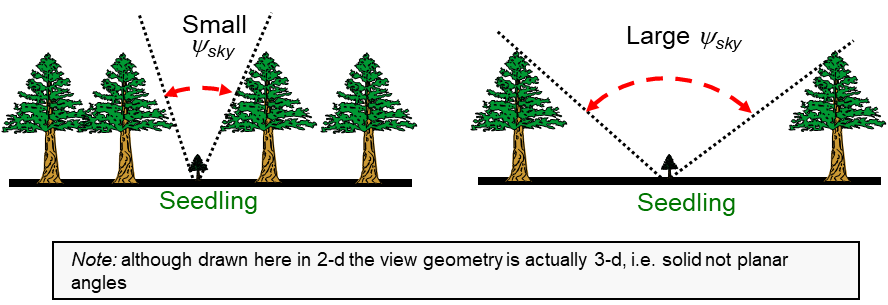
Implications of \(\psi_{sky}\)
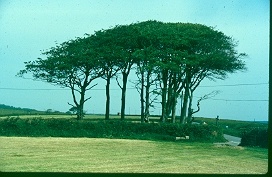


Measuring \(LW\)
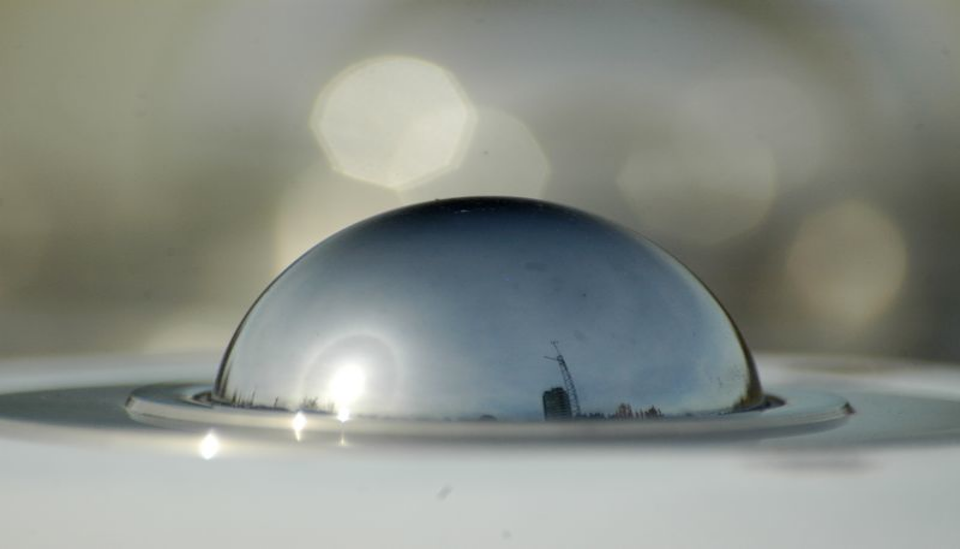
This is a pyrgeometer
Measuring \(LW\downarrow\) and \(LW\uparrow\)
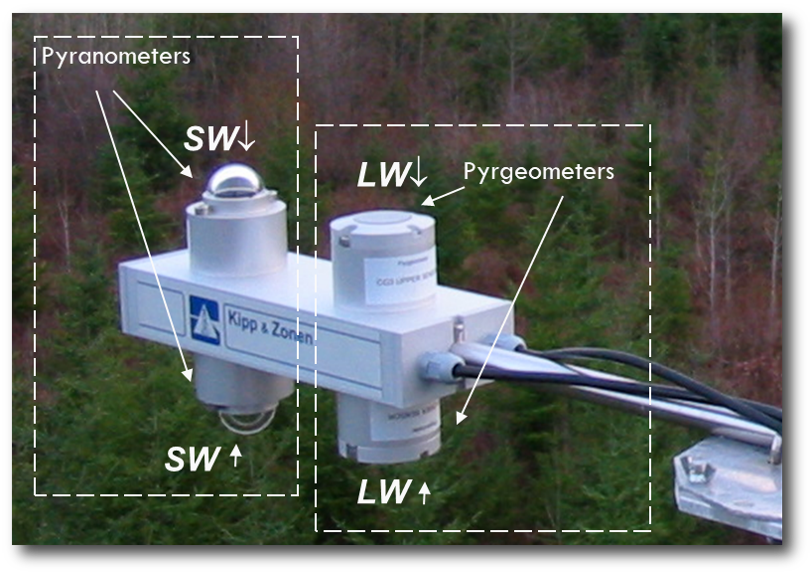
Take home points
- Long-wave radiation is emitted from Atmosphere (gases, aerosols, droplets) and surface at ambient temperatures.
- Kirchhoff’s Law states that for a certain wavelength the absorptivity \(a_{\lambda\)} equals emissivity \(\epsilon_{\lambda}\).
- Absorptivities and emissivities of most natural surface materials are high in the Long-wave, but not for gases.
- The ‘atmospheric window’ is a region in the Long-wave where few gases interfere - often transparent.
